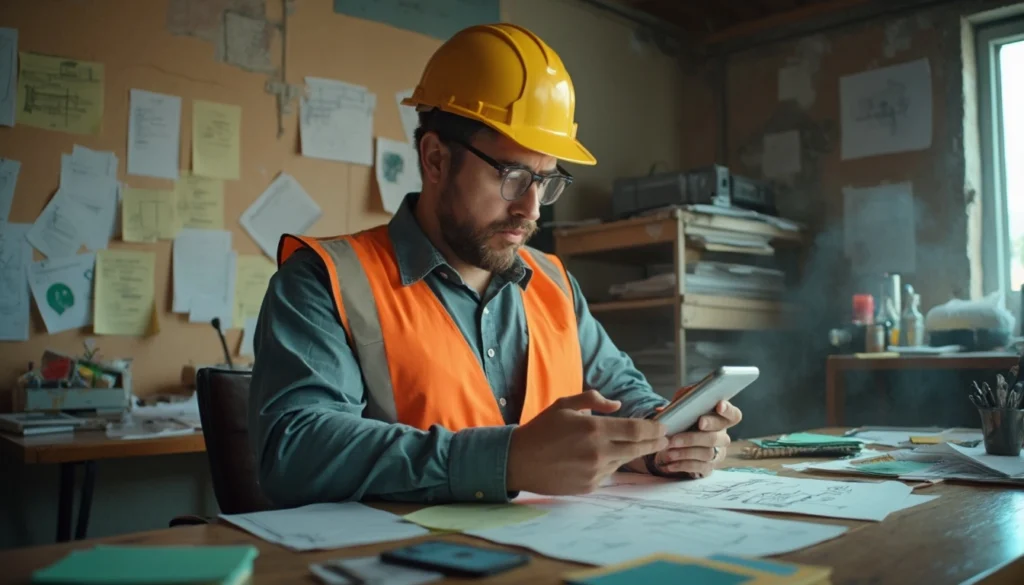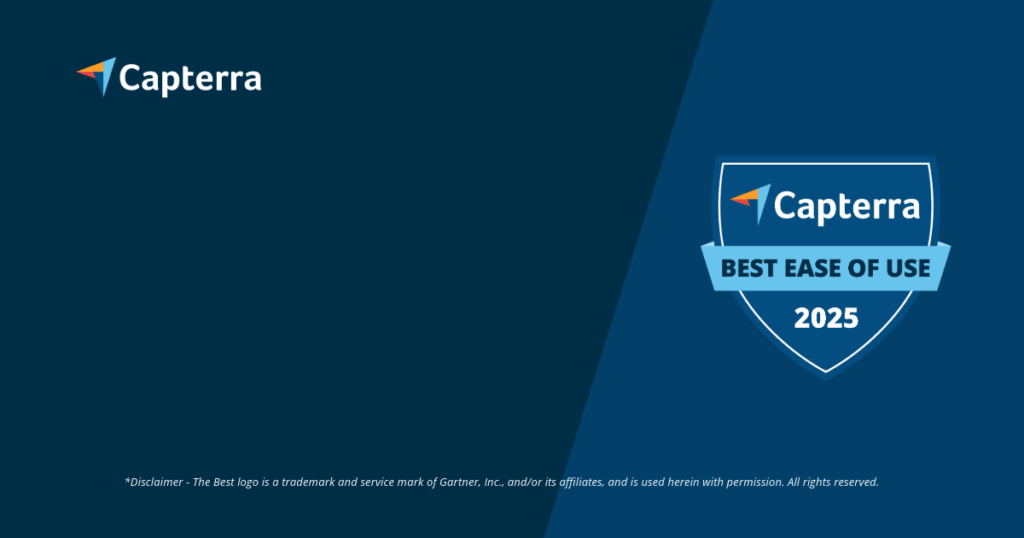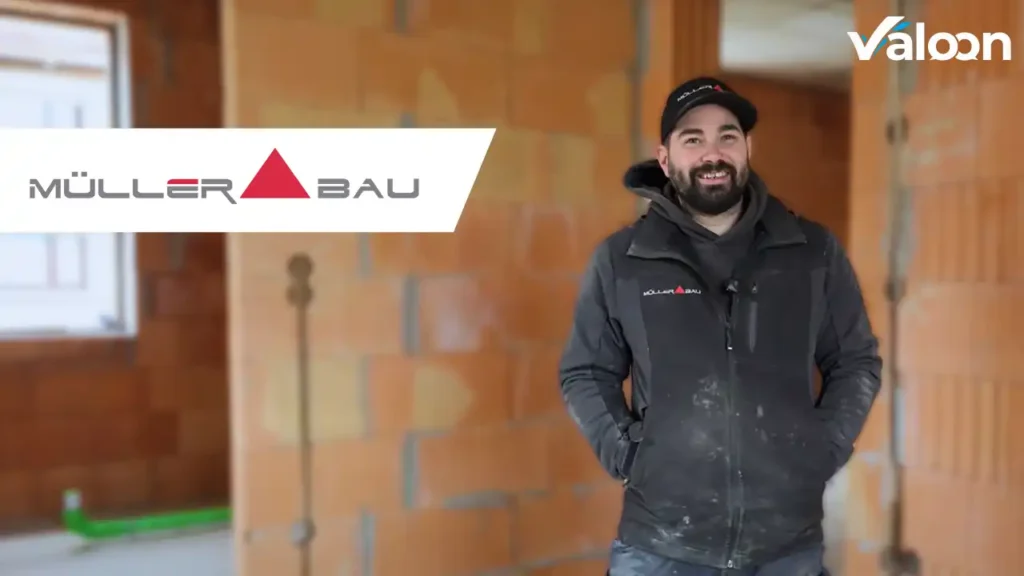Risk management is essential in the fast-paced world of construction, where unpredictable challenges can arise at any time and impact project timelines, budgets, and overall outcomes. The reality is that even the best-planned projects can be derailed by unforeseen issues such as supply chain disruptions, compliance violations, or sudden changes in site conditions. Understanding and managing these risks before they escalate is crucial for industry professionals, project managers, and stakeholders to ensure successful project execution. This article will examine proactive risk management strategies that can help prevent such unforeseen problems and demonstrate how a solid risk management framework can enhance project outcomes.
Understanding the problem
Construction projects often involve numerous moving parts, each carrying unique risks. From the outset, professionals must recognize that a lack of foresight can lead to significant setbacks. According to industry data, organizations with poor risk management processes can fail to meet budget or timeline targets on up to 70% of their projects.
This harsh reality underscores the importance of a proactive approach to risk management.
By effectively anticipating potential issues and developing strategies to mitigate them, stakeholders can foster a culture of safety and compliance that permeates all levels of the project. This, in turn, enhances team collaboration and ensures everyone is aligned towards a common goal – completing projects on time and within budget.
Practical solutions or insights
To equip you with the necessary tools for effective risk management, here are actionable strategies that can empower your project teams:
1. Conduct comprehensive risk assessments:
Start with a thorough risk assessment during the project planning phase. Identify potential risks in all areas of the project – financial, operational, legal, and environmental. Use tools like the SWOT analysis to systematically assess risks and their potential impacts. Regularly review and update these assessments throughout the project to accommodate new developments.
2. Implement a risk management plan:
Develop a detailed risk management plan that outlines how your team will respond to identified risks. This plan should clearly define roles and responsibilities, communication channels, and specific mitigation strategies for each risk. Ensure all team members are trained to recognize risks and adhere to the plan.
3. Foster open communication:
Encourage a culture of transparency where team members feel comfortable discussing potential risks. Regularly scheduled meetings can serve as a platform for team members to voice concerns or highlight new issues they’ve encountered. This proactive communication channel enables quick responses to emerging risks before they escalate.
4. Invest in technological solutions:
Leverage technologies that can optimize risk management processes. Tools like project management software can help maintain comprehensive documentation, track project changes, and communicate effectively with all stakeholders. Valoon, for example, offers an intuitively designed solution that improves communication and control, thereby contributing to better risk management outcomes.
5. Monitor and review performance:
Establish key performance indicators that help monitor the effectiveness of risk management throughout the project lifecycle. Schedule regular reviews to assess the impacts of risk management strategies and make adjustments as necessary. This iterative approach will refine your processes and ultimately lead to fewer unforeseen problems.
6. Involve stakeholders early:
Engage all relevant stakeholders from the beginning of the project. Gathering insights from different perspectives can reveal potential risks that may not be immediately apparent. Stakeholders can include clients, suppliers, regulators, and even end-users to ensure a broader understanding of potential risks.
7. Create a learning environment:
Conduct a post-mortem analysis after project completion to evaluate what worked and what didn’t. Identify the lessons learned regarding risk management and document them for future reference. This approach not only improves future projects but also fosters a culture of continuous improvement within your team.
Conclusion or key message
In summary, proactive risk management is critical for any construction project that aims to mitigate unforeseen challenges and achieve successful outcomes. By implementing comprehensive risk assessments, fostering open communication, leveraging technology, and engaging stakeholders, project managers can significantly reduce potential risks. This approach not only enhances project efficiency but also contributes to a safer working environment.
If you want to optimize your projects and improve the efficiency of risk management, consider how Valoon’s comprehensive solutions can support your efforts.
Our software is designed to enable seamless project communication, control, and documentation, ultimately increasing process efficiency both on-site and in the office.
Don’t leave your project outcomes to chance – empower your team with proactive risk management strategies and discover how Valoon can help you manage risks effectively. Software that works!






